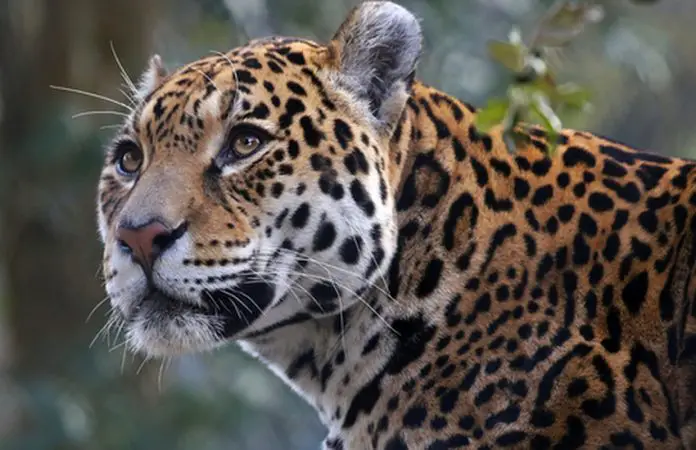How many wild jaguars are left in Mexico? A government census will soon shed light on the status of one of Mexico’s apex predators, the largest wild feline in the Americas.
According to the National Commission for Natural Protected Areas (Conanp), the third National Jaguar Census will take place from March to June this year, with results expected to be released in August.
How many jaguars were recorded in the most recent surveys?
Mexico conducted the first census in 2008, studying jaguar populations across 15 conservation sites.
The review took three years to complete and established Mexico as a leader in conservation strategies for preserving wild jaguar populations.
According to that first census, an estimated 4,000 jaguars lived in the country, mostly in the Yucatán peninsula. By 2018, when the second census was carried out, this figure had increased to approximately 4,800.
Con Gerardo Ceballos, del @IEcologiaUNAM y @AlianzaJaguarMx trabajaremos en el tercer censo nacional del jaguar. 🐆
Con la información que se genere tomaremos decisiones para fortalecer el cuidado de nuestro felino sagrado en 🇲🇽, con las comunidades. 🐾🌳🌺⛰️ pic.twitter.com/G5x9gfKLNd
— Adán Peña (@adanmexic) February 21, 2024
One of the conservationists involved posted this video of camera trap footage of “our sacred feline in Mexico”
Experts hope to see that number increase once again in response to the conservation measures in place.
How will the census be conducted?
Data will be collected from Natural Protected Areas (ANP) and areas of the Mesoamerican Biological Corridor, the jaguar’s natural habitat. In total, 19 ANPs and 10 additional sites will participate in the census.
The survey will be conducted by the Environmental Ministry (Semarnat), the National Commission of Natural Protected Areas (Conanp) the National Autonomous University of Mexico (UNAM) and the National Alliance for the Conservation of the Jaguar (ANCJ).
Where can jaguars be found in Mexico?
Jaguars are the biggest wild cats in the Americas. In Mexico, they primarily live in the southeast of the country and along the Río Bravo region of the Gulf of Mexico. They can also be found in the Sierra Madre Occidental on the Pacific coast and near the borders of Belize and Guatemala.

The three states with the largest jaguar populations are Campeche, Chiapas, and Quintana Roo, with the Calakmul Biosphere Reserve in Campeche and the Sian Ka’an Biosphere Reserve in Quintana Roo reporting the largest population of jaguars.
How much protected land is there for jaguars in Mexico?
A healthy jaguar population requires extensive habitats. A single jaguar requires between 2,500 and 10,000 hectares, along with a network of connected territories.
During the administration of President Andrés Manul López Obrador, the protection of priority jaguar habitats has been increased by 1.6 million hectares.
Through ANPs and Areas Voluntarily Destined for Conservation (ADVC), Conanp said it has consolidated 1.5 million hectares of vital territory for jaguars in the Calakmul Biosphere Reserve, the second-largest protected tropical forest on the continent after the Amazon.
With reports from El Economista
